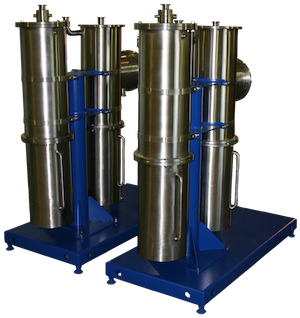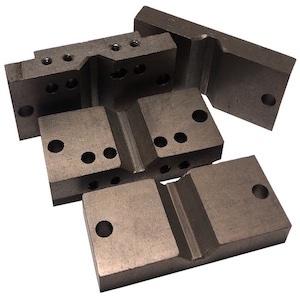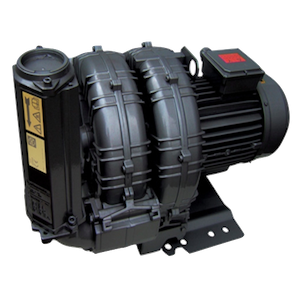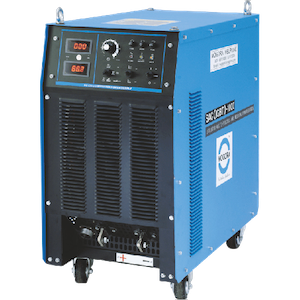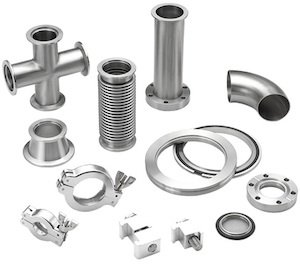Fiberglass insulators are one of the most important elements of the reactor chamber (assembled), which allow to correctly adjust the graphite electrode supply relative to the central axis of the combustion chamber, as well as to exclude a short circuit during the production of carbon black.
The material from which the insulators are made is high-temperature resistant fiberglass. This material has a minimum tolerance for expansion during heating and a high service life. Fiberglass is a reinforced fiberglass having a layered structure, made using the process of pressing fiberglass fabrics under high temperatures. Fiberglass fabrics are saturated with thermosetting components based on crossed epoxy resin and a phenol-formaldehyde component.
Insulators are divided into several types:
- external (thin ring) - is the clamping element of the current collector
- internal (wide ring) - is the actual insulator of the current collector, the temperature of which reaches more than 800 degrees during the operation of the equipment.
The end surface of the fiberglass insulator has a precision treatment to the level of roughness that allows it to hold a vacuum or gas pressure.
CURRENT COLLECTOR INSULATOR
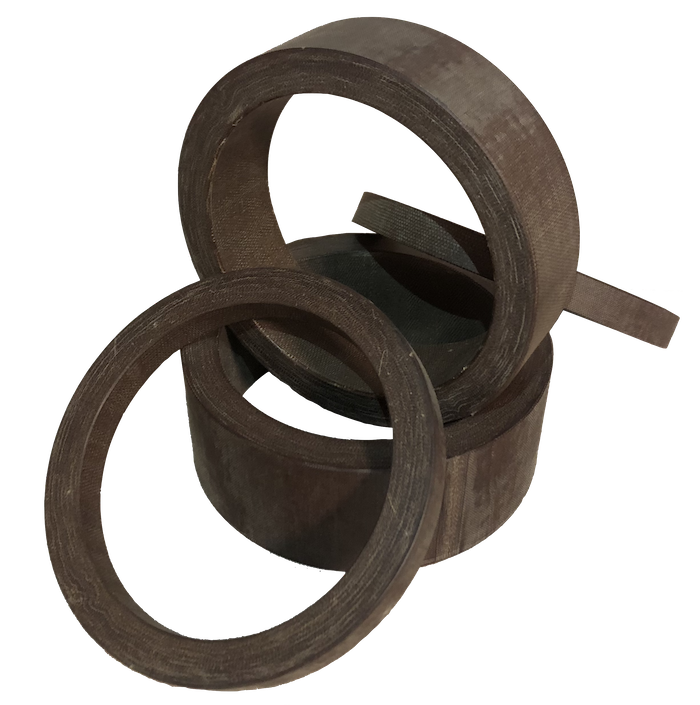
Insulators are made only of sheet material with a thickness of 30 to 80 mm, which allows to exclude deformation under strong heating, as well as the leakage of a binder – an impregnating epoxy material.

